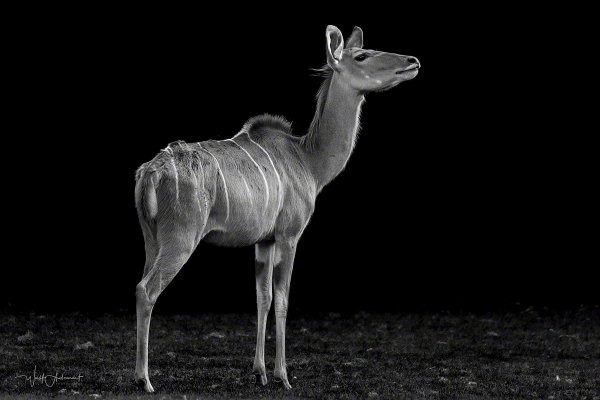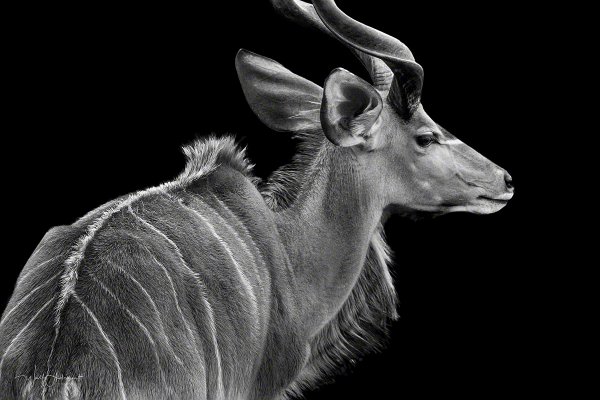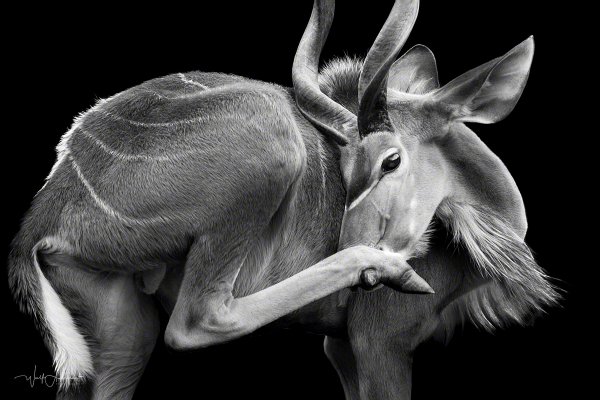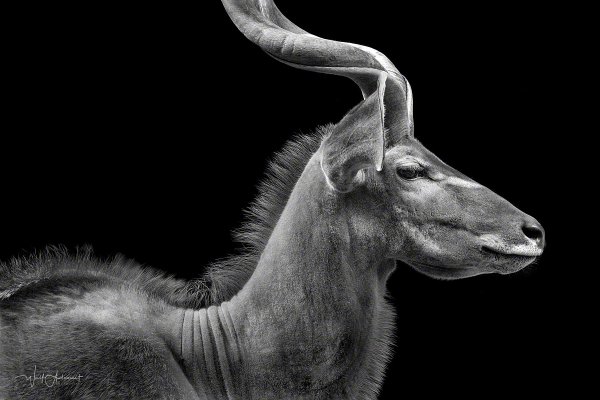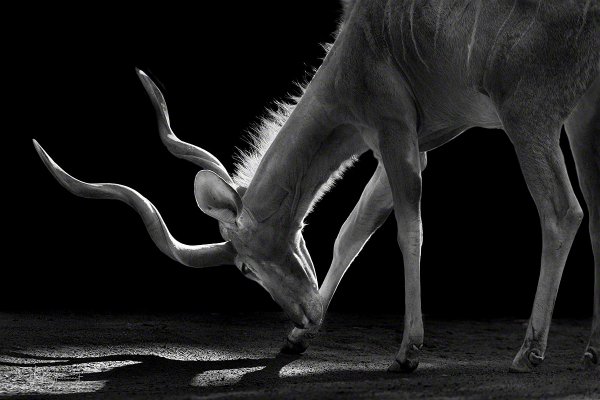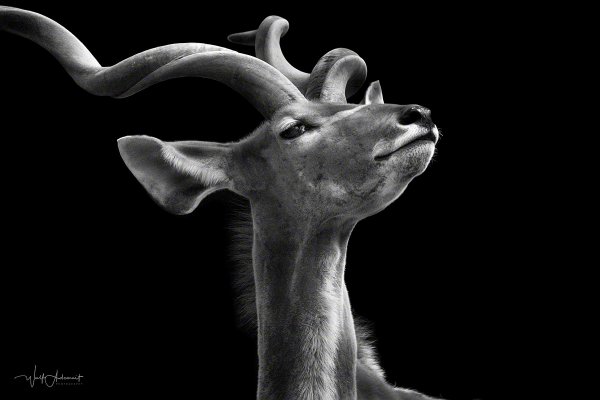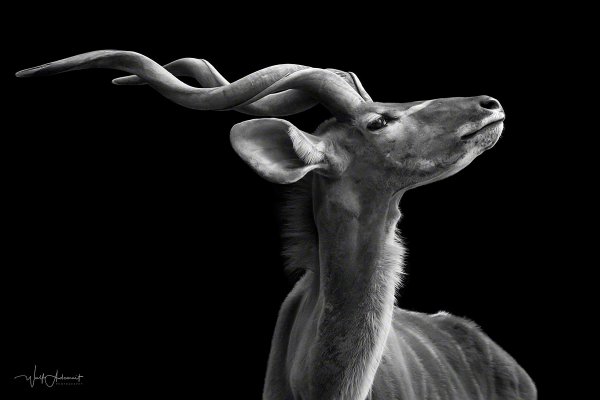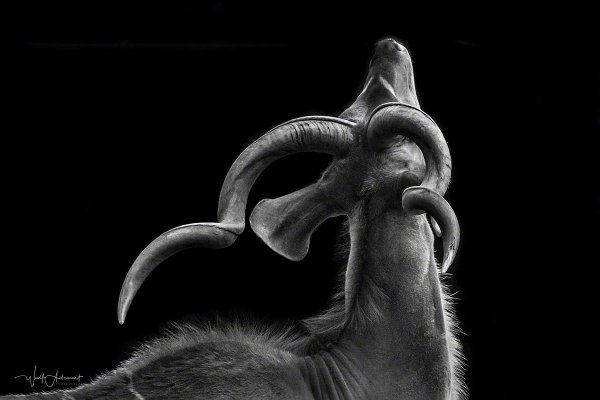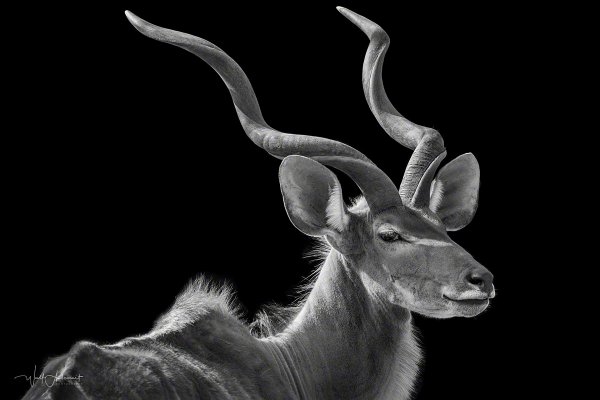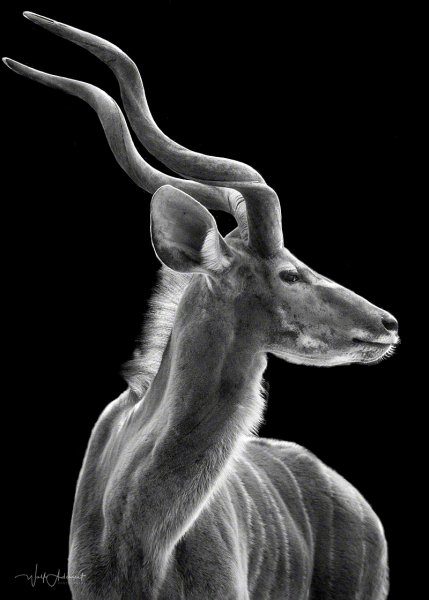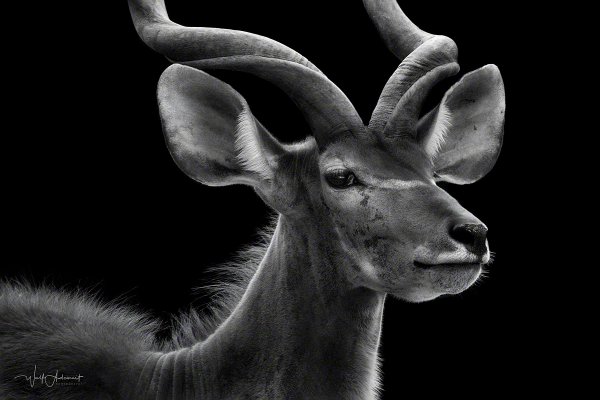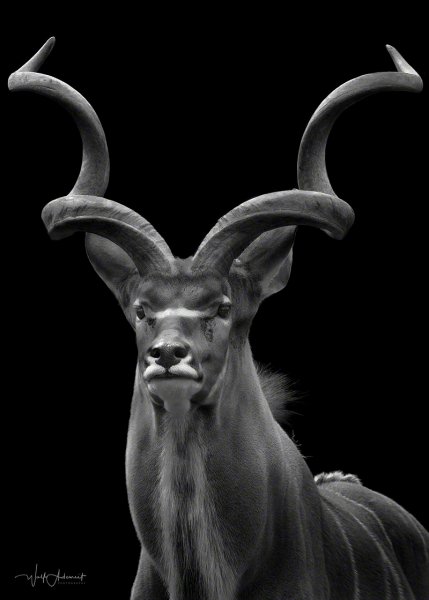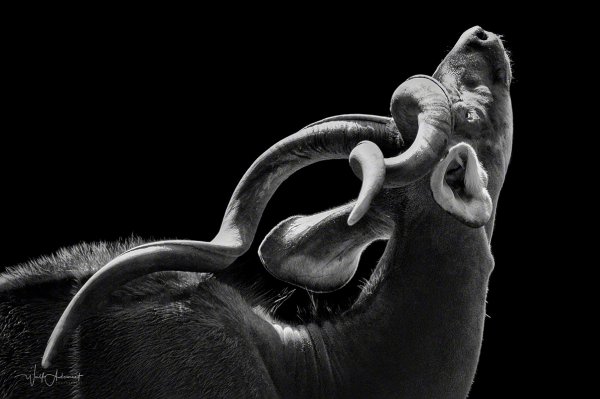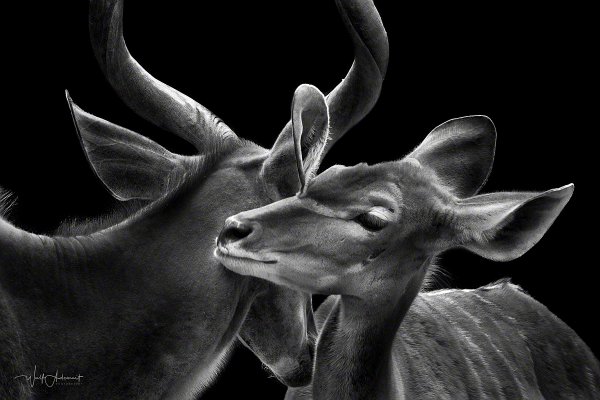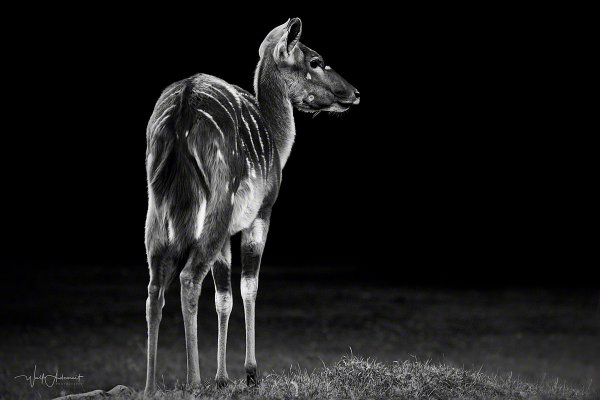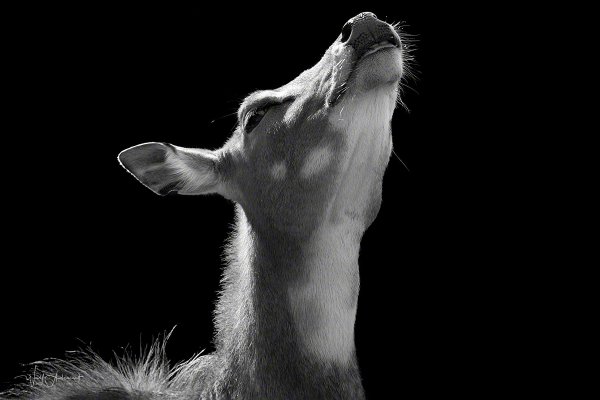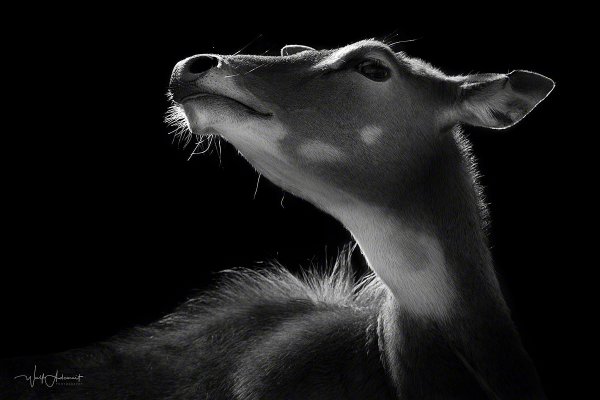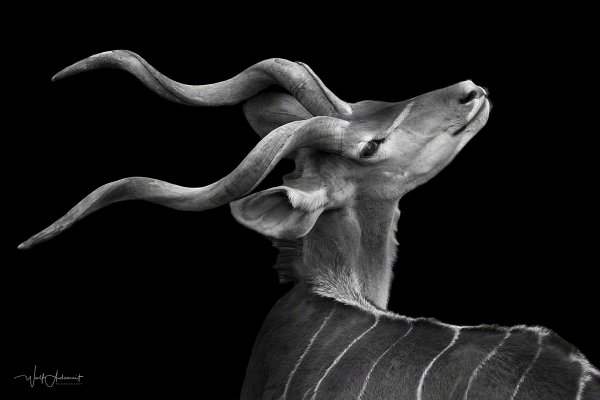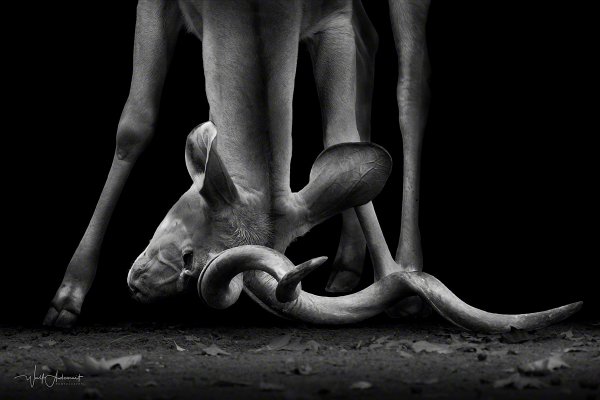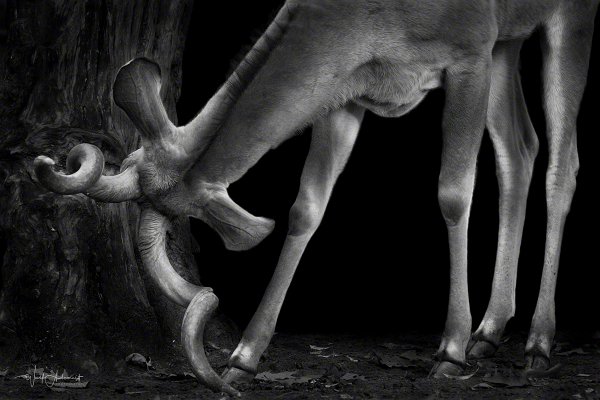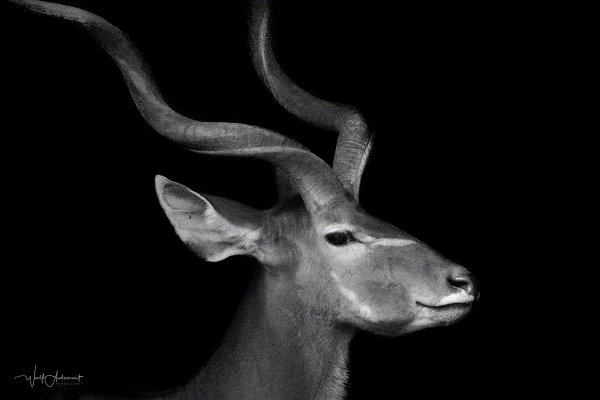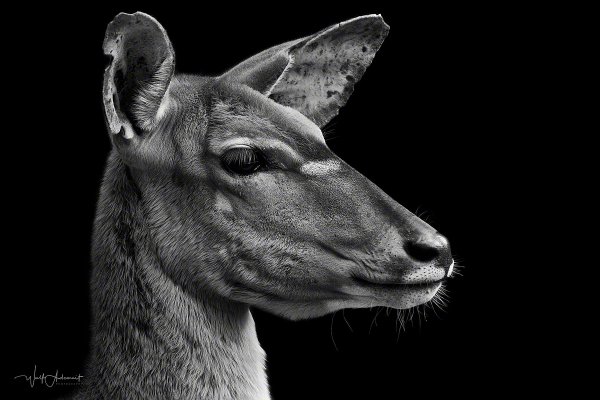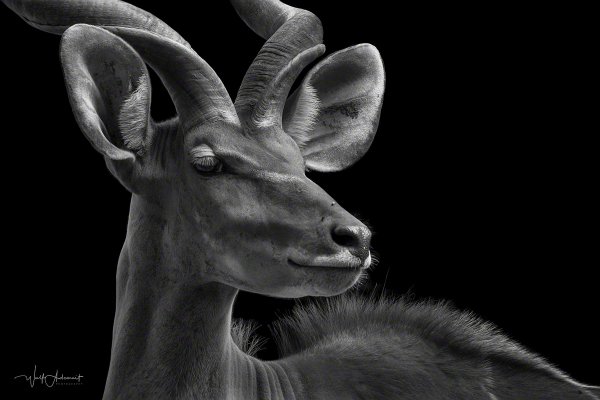CONTACT

About Wolf Ademeit
Wolf Ademeit, born 1954, lives in Duisburg, Germany. The author prefers calling himself a hobbyist, though his professional life has been always closely connected with this field – he owns an advertising agency and a photo studio. Wolf Ademeit first took interest in photography when studying lithographer's craft and it's been his passion since, for more than 30 years now.
It's Ademeit's distinctive approach that makes his works stand out of a long row of ever trendy black and white photography adepts or, speaking of his most known series, animalist masters. Unique of the author is his 'hobbyist' choice to capture expressive portraits of zoo animals. Rather than focusing on wildlife in their naturally beautiful habitats, Ademeit finds charm and personality in the facial expressions of his subjects alone. Call it 'animal portraits', if you wish. More than simply keeping a visual record, the photographer provides an artistic portrayal that is often reserved for human portraiture.
Says the author: "Only a few photographers use the photography of animals in zoos as an art form. I think this is a missed opportunity… With my pictures I would like to move the photography of these animals in the focus of the art photography and show photos which are not only purely documentary."
Ademeit's incredibly artistic collection of images offers a wide range of emotions, capturing every grimace, ferocious roar, tender kiss, and twinkle in the varied creatures' eyes, each caught within a second of the animal's position he sought for. No wonder his highly acclaimed Animals series took 5 years to finish, patience being a part of the author's talent and mastership.
-Vadim Yatsenko
Bruice Collections, Kiew
CONTACT
CONTACT
WOLF ADEMEIT PHOTOGRAPHY
Kudus Gallery
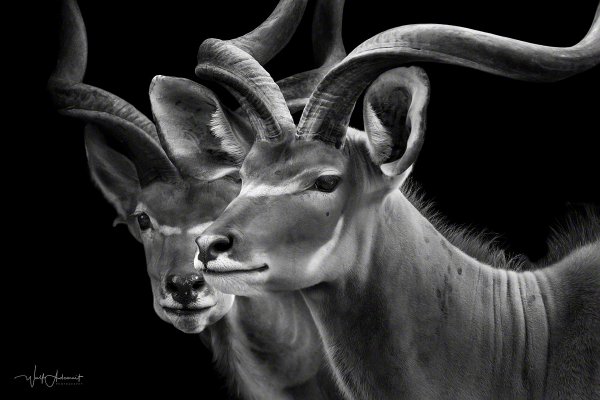
A beautiful animal with imposing horns..
Kudus are one of the most impressive antelope species in Africa, known for their long, spiral horns and elegant appearance. They are divided into two species: the greater kudu, which is notable for its larger stature and impressive horns, and the lesser kudu, which is smaller and more agile. Kudus live in bushy forests, savannahs and hilly areas and are mainly found in eastern and southern parts of Africa. They feed mainly on leaves and twigs, with their long necks and ability to rise on their hind legs helping them to reach higher food. Their striped coat provides excellent camouflage in thickets. Kudus are rarely seen due to their shy nature and preference for dense undergrowth, making them a fascinating species for nature watchers.
